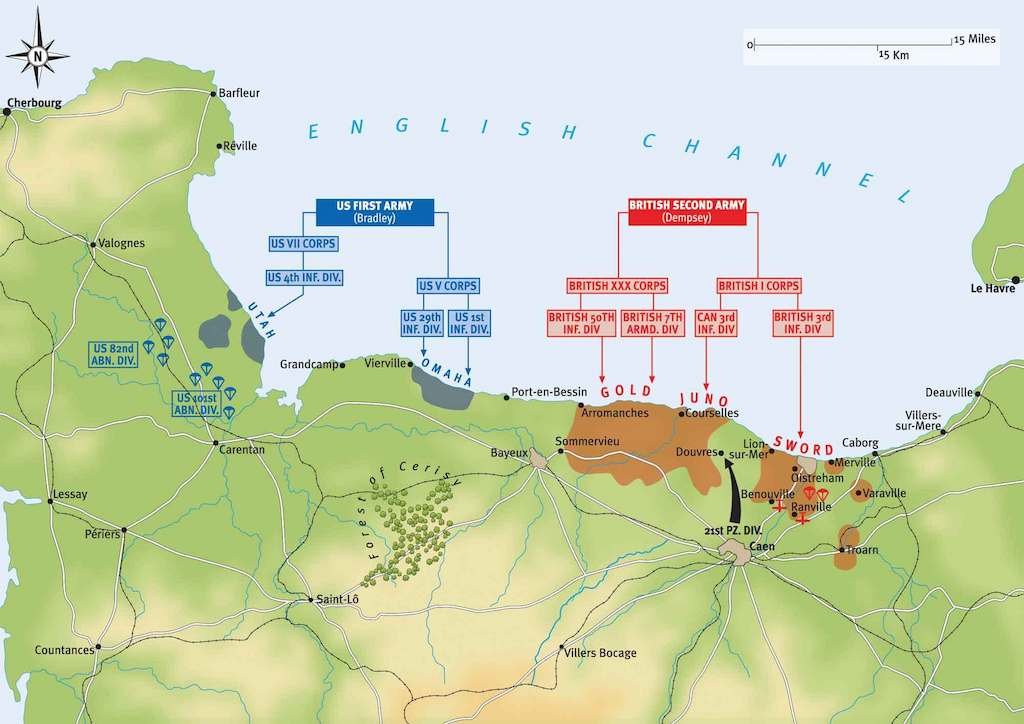
Touring Normandy Beaches My American Experience
Normandy landings Coordinates: 49.34°N 0.60°W The Normandy landings were the landing operations and associated airborne operations on Tuesday, 6 June 1944 of the Allied invasion of Normandy in Operation Overlord during World War II. Codenamed Operation Neptune and often referred to as D-Day, it is the largest seaborne invasion in history.
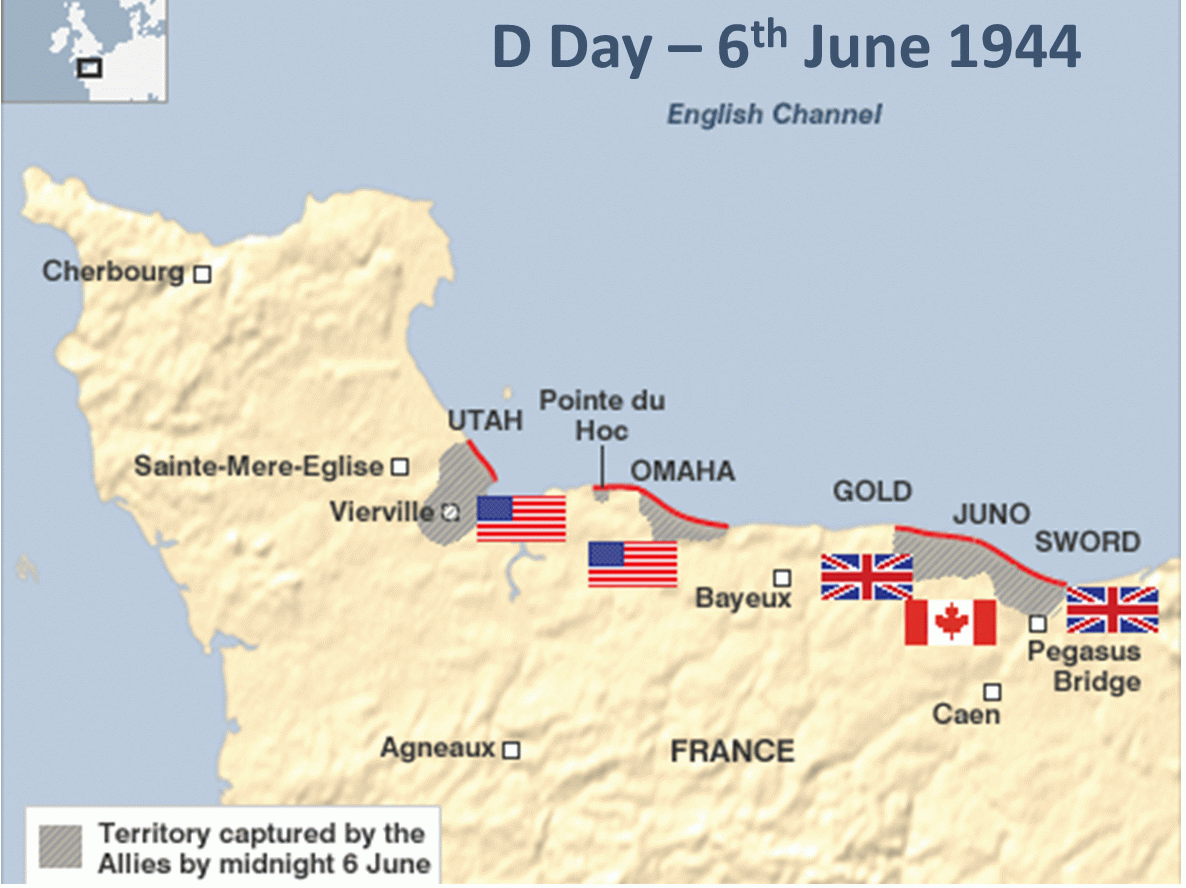
Duplex Drive Tanks on D Day
D-Day Beaches. The 54 miles of Atlantic coast north of Bayeux — stretching from Utah Beach in the west to Sword Beach in the east — are littered with WWII museums, monuments, cemeteries, and battle remains left in tribute to the courage of the British, Canadian, and American armies that successfully carried out the largest military.

Normandy Maps of Normandy (Normandie) Map of DDay Beaches D day
D-Day beaches map: Names of the Normandy landings beaches, and what happened at each of them The five main beaches involved in the D-Day landings in Normandy on 6 June, 1944.
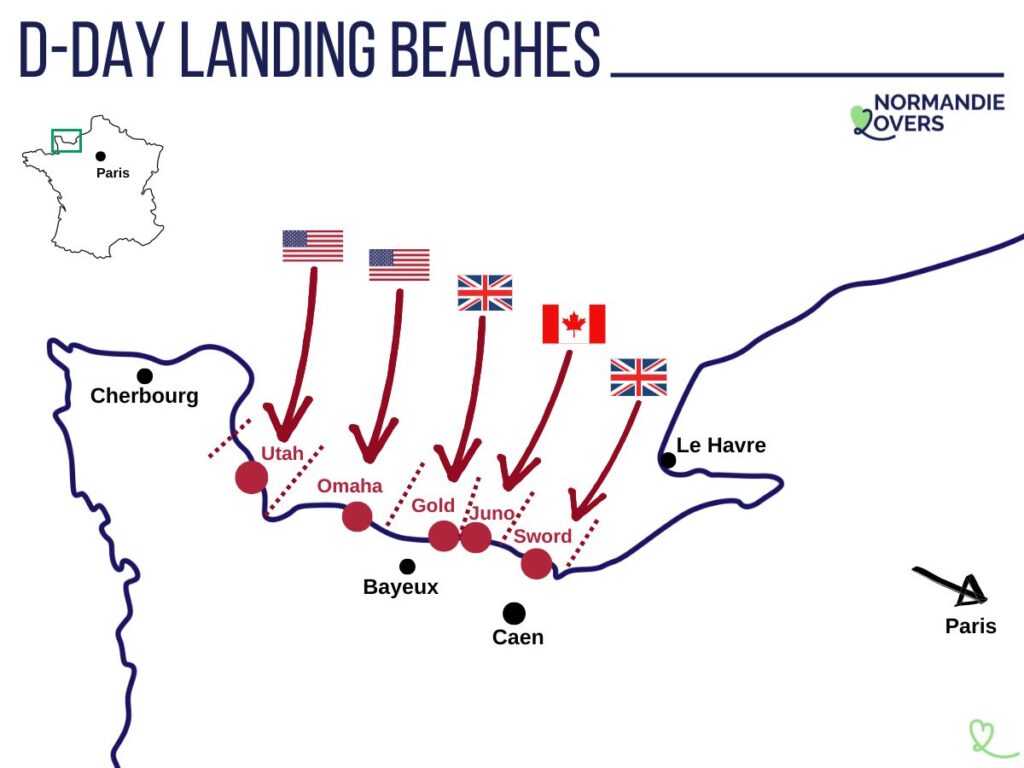
Visiting the 5 DDay landing beaches (in Normandy)
The 80km stretch of beaches, north of Bayeux, were code-named (from west to east) Utah, Omaha, Gold, Juno and Sword. Here's the story of the D-Day landings and how you can visit the beaches yourself. The remains of a Mulberry Harbour (artificial port) at Arromanches-les-Bains in Normandy © Bertl123 / Shutterstock Why did D-Day happen?
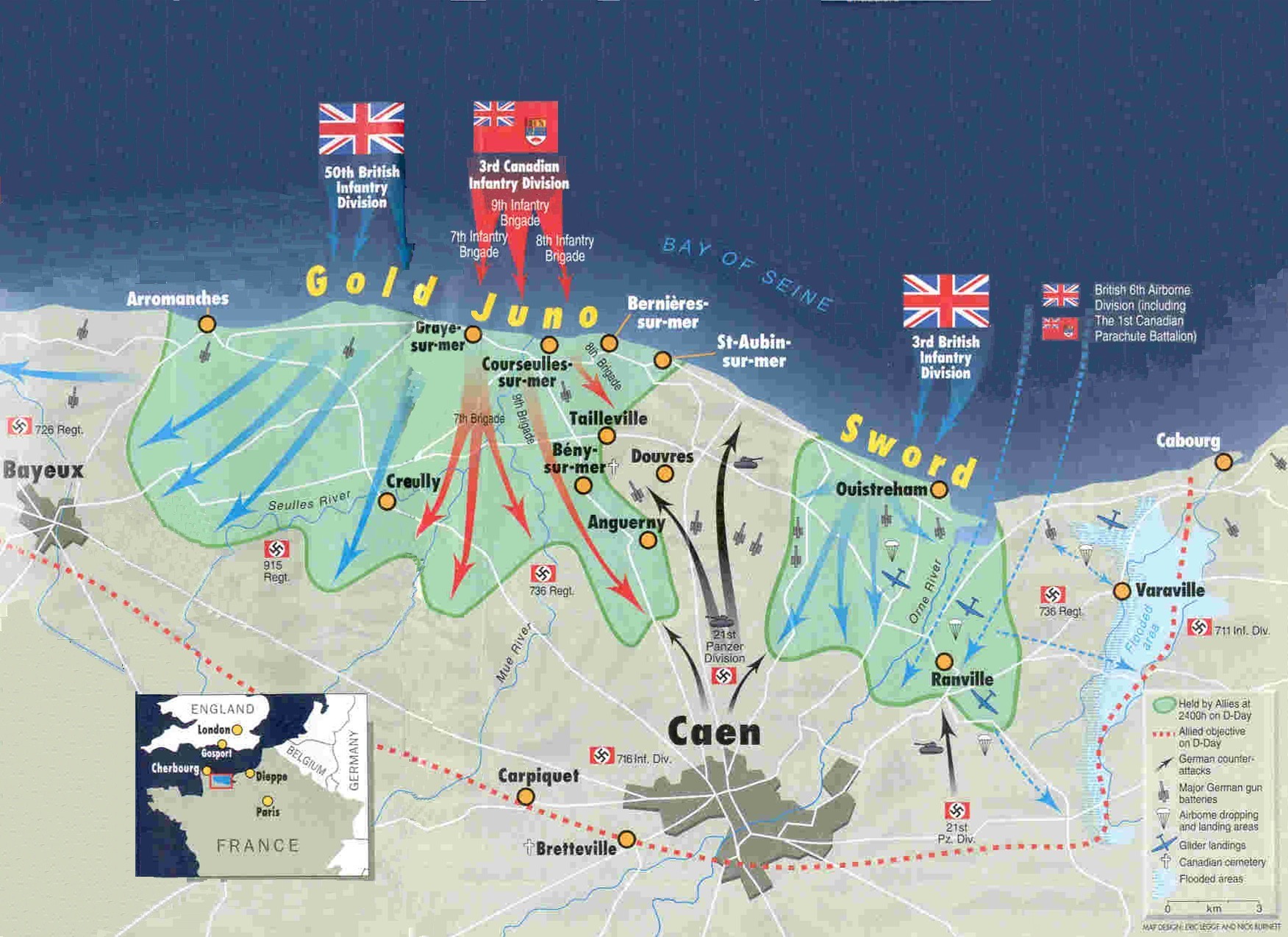
DDay Map Ww2 D Day In Numbers 4 Infographics That Show The Big
Normandy's Top Cities and Towns Inland from the coast, Normandy opens up to rolling hills dotted with quaint villages and bustling cities. Whether you choose an artsy and scenic town like Bayeux or you'd rather take a stroll through history in cities Caen or Lisieux, Normandy has something to offer travelers of every type:

Map Of D Day Landing Beaches Normandy My Life
Can you visit D-Day Beaches? Visitors can walk the beaches, but those inclined to learn more about history can visit dozens of nearby museums and monuments. Planning ahead will help you optimize your itinerary and ensure you get the most out of this impactful experience.
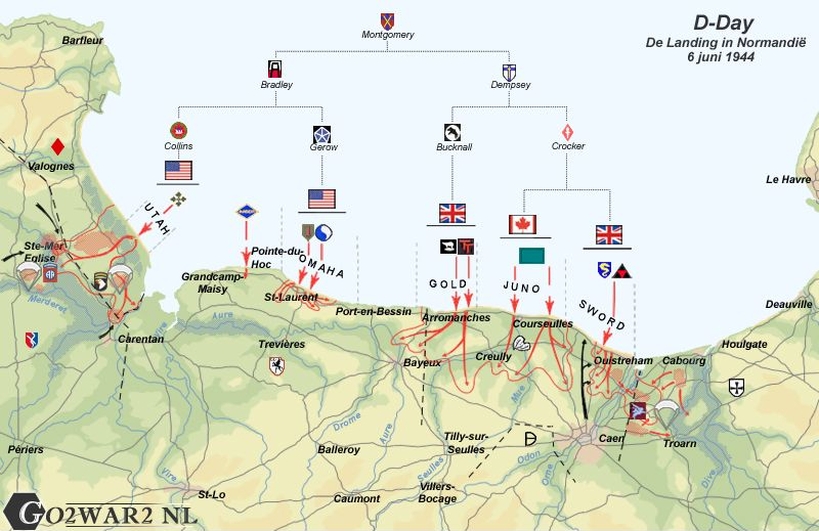
British airborne operation and Sword Beach on DDay
Discover this 4.5-mile loop trail near Bagsværd, Capital Region of Denmark. Generally considered an easy route, it takes an average of 1 h 43 min to complete. This is a very popular area for birding, hiking, and running, so you'll likely encounter other people while exploring. The trail is open year-round and is beautiful to visit anytime.
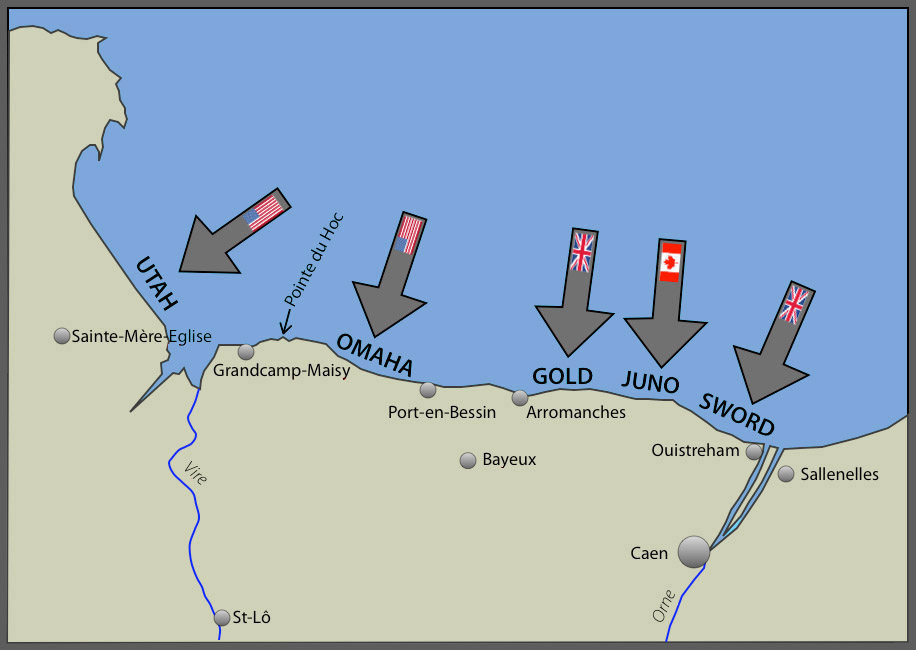
Maps of DDay landing beaches and Normandy
Utah Beach The westernmost of the D-Day beaches, Utah was added to the invasion plans at the 11th hour so that the Allies would be within striking distance of the port city of Cherbourg. In.

Exploring Normandy Beaches A Comprehensive Guide World Map Colored
IMPRESSIONISM English D-day Landing Beaches Visiting the 5 D-Day landing beaches (in Normandy) September 7, 2023 this article contains affiliate links. If you use them, we just receive a small commission at no extra cost to you. ( Sand, dunes, cliffs… but also bunkers, sculptures and museums.

DDay beaches map the names of the Normandy landings beaches, and what
Two thirds of the seaborne effort by the United States on D-Day were launched against a four-mile long beach overlooked by steep bluffs and blocked off at either end by limestone cliffs, the place they call 'Bloody Omaha.' Gold Beach The British 50th Northumbrian Division, commanded by Major-General Graham, landed on Gold Beach on D-Day.
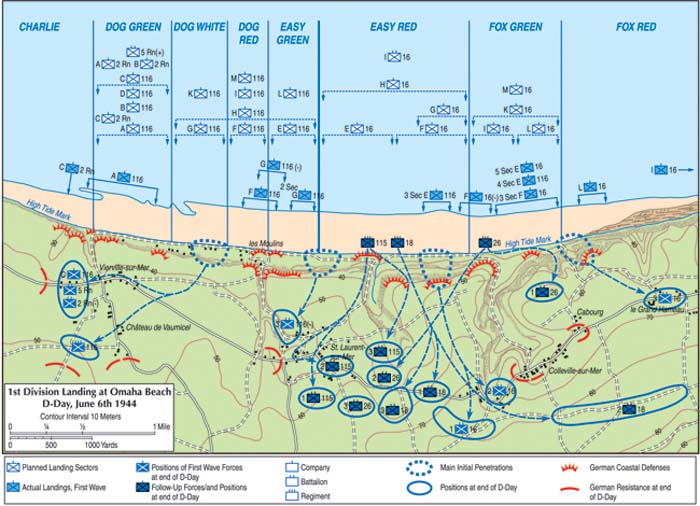
Dday Beach Map Photos Us Airborne Utah Beach Battle Of Normandy Tours
The D-Day Beaches. British, American, Canadian and other troops landed on Normandy's beaches (External link) on 6 June 1944 to begin the liberation of Europe from years of Nazi occupation - and the planners of this crucial event codenamed it ' D-Day '. If you follow the Normandy coast from above Caen in the east to close to Sainte-Mère.
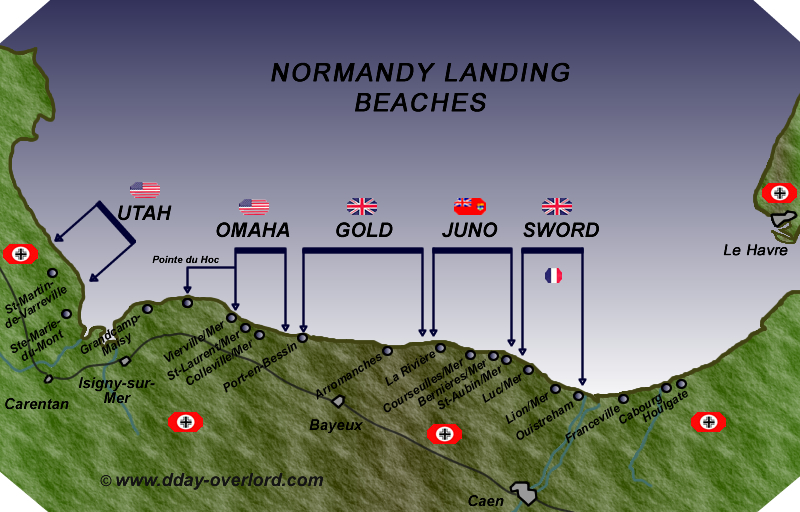
Normandy landing beaches on DDay, June 6th, 1944
This map shows the main highlights of the D Day beaches with museums and what remains of the Atlantic wall.
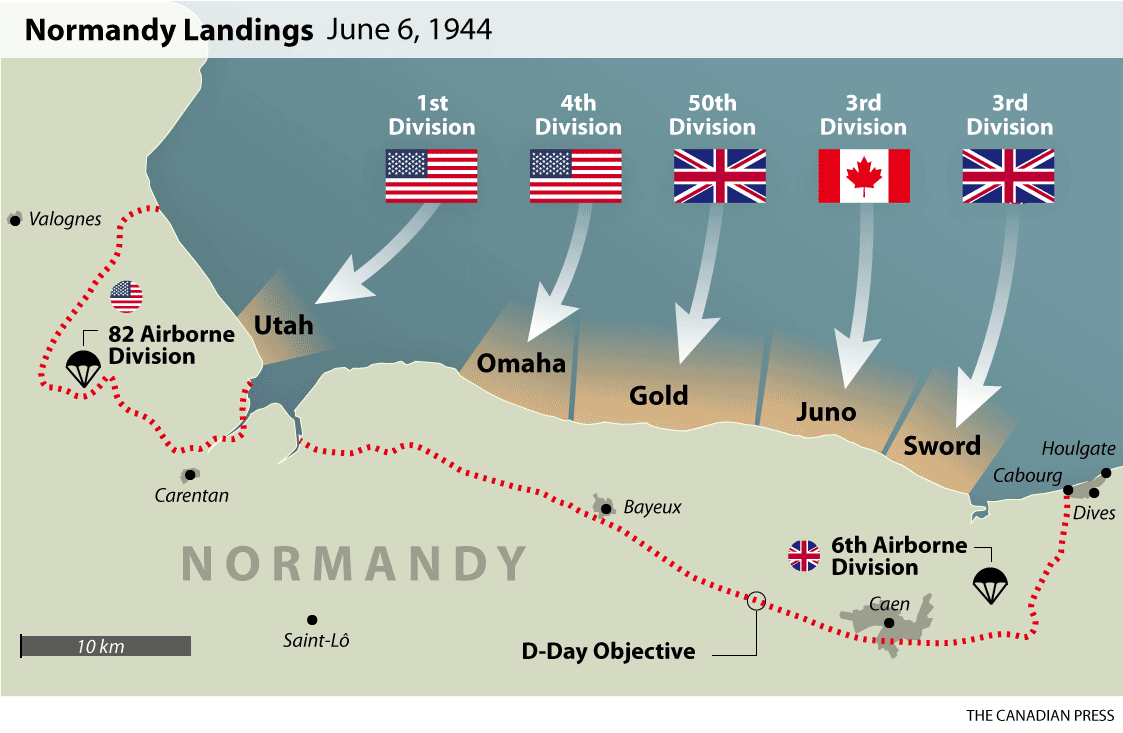
DDay 75th anniversary
The D-Day invasion began on June 6, 1944 when some 156,000 American, British and Canadian forces landed on five beaches along the heavily fortified coast of France's Normandy region during World.

The DDay Beaches of Normandy Combining History and Natural Beauty in
Omaha Beach 1. Longues-Sur-Mer Battery. The Longues-sur-Mer battery was a German artillery battery located on a cliff overlooking the Atlantic. It is positioned between Omaha and Gold Beaches and was shelled on D-Day. It is significant because it is the only battery in Normandy that has all its original guns still in place and is conserved as a registered historical monument.
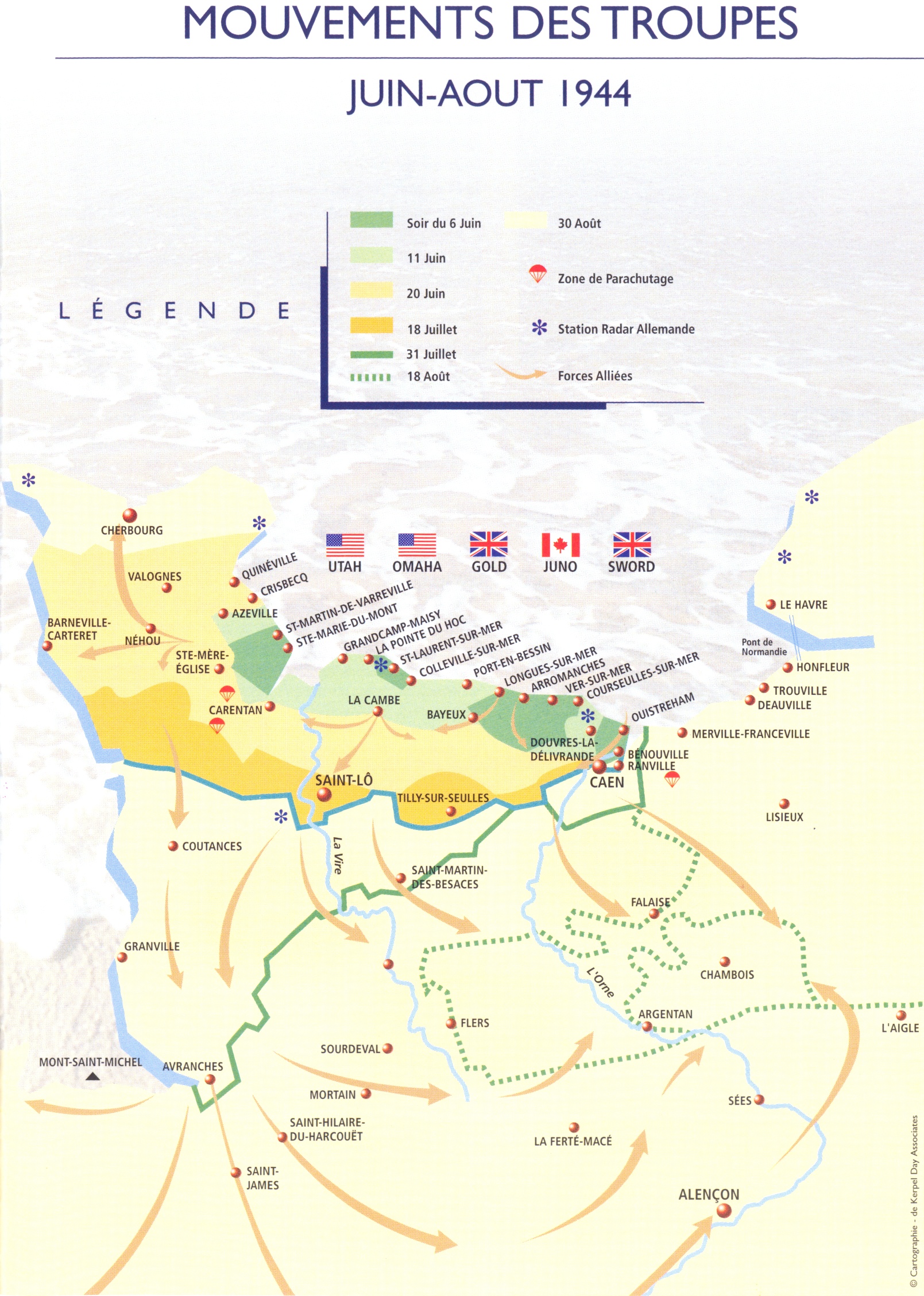
Normandy Dday Beaches Map Normandy France • mappery
Here is a map for visiting the D-Day landing beaches in Normandy from Normandy's official tourist information office. 4. Where to stay to visit the landing beaches in Normandy? In which cities to stay near the landing beaches? The nearby towns convenient for visiting the landing beaches are Bayeux, Sainte-Mère-Eglise, Colleville-sur-Mer.
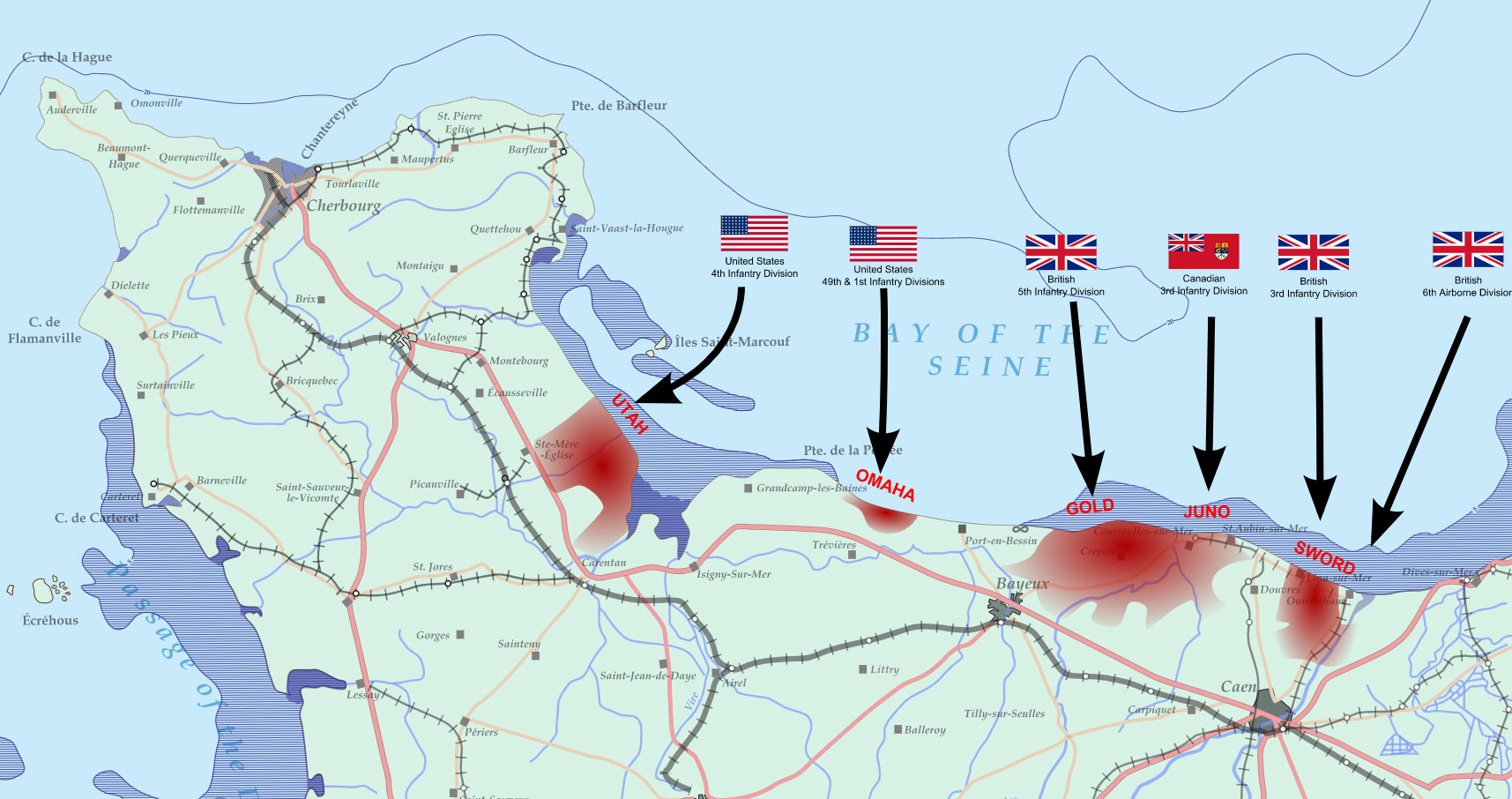
DDay interactive timeline how the worldchanging events unfolded on 6
D-Day, and continued until Allied forces crossed the River Seine on August 19th. The Battle of Normandy is the name given to the fighting in Normandy between D-Day and the end of August 1944. Allied code names for the beaches along the 50-mile stretch of Normandy coast targeted for landing were Utah, Omaha, Gold, Juno and Sword. Utah Beach.